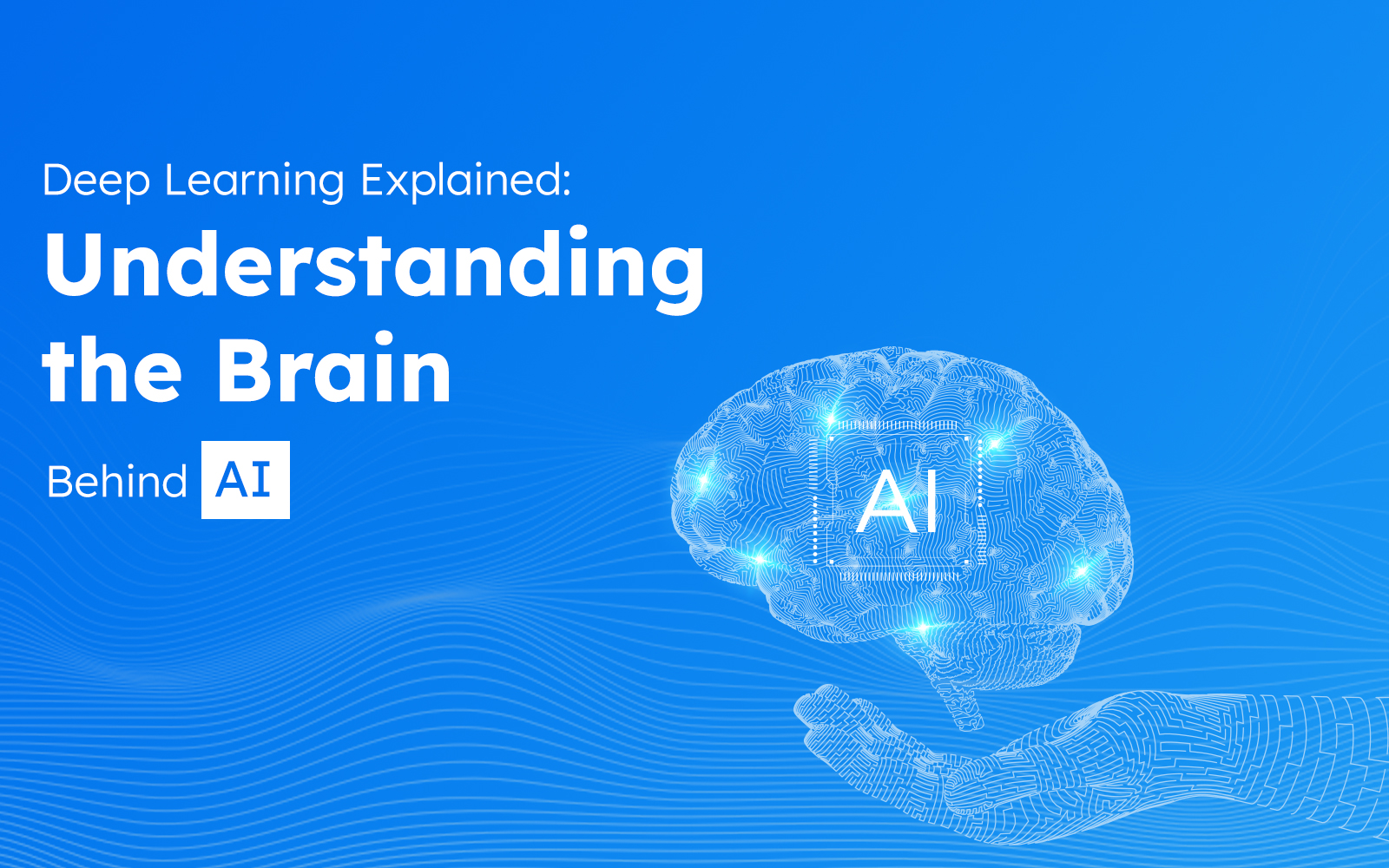Deep Learning Explained: Understanding the Brain Behind AI
Introduction
In the rapidly evolving world of Artificial Intelligence (AI), deep learning stands out as a revolutionary force. As a subset of machine learning, deep learning has transformed our approach to AI development, powering some of the most advanced AI systems today. This blog post aims to demystify deep learning, offering insights into how it works, its myriad applications, and why it’s a game-changer in the realm of AI.
Deep Learning Fundamentals and AI Deep Learning Explained
Deep learning, at its core, involves teaching computers to learn by example, much like humans do. This is achieved through deep neural networks – intricate structures modeled after the human brain, consisting of layers of interconnected nodes. These networks can learn and make intelligent decisions on their own, marking a significant advancement in AI and deep learning.
Understanding deep learning in AI requires a grasp of these neural networks. They process data in a layered approach, with each layer extracting and refining information, leading to more accurate outcomes. This is why deep learning is often referred to as the AI brain mechanics, mimicking the way our brains interpret and understand complex information.
How Deep Learning Works in AI Development
The process of how deep learning works is fascinating. Deep learning models are trained using large sets of labeled data and neural network architectures capable of learning from this data. This training involves feeding data into the network and adjusting the network parameters until it accurately recognizes patterns and features in the data, a fundamental aspect of deep learning technology.
Deep Learning Applications: Transforming Industries
Deep learning applications are vast and varied, stretching across numerous industries. From voice recognition systems in smartphones to diagnostic tools in healthcare, deep learning is at the forefront of technological advancement. Its ability to process and analyze vast amounts of data makes it ideal for complex tasks like image and speech recognition, natural language processing, and even autonomous driving.
Deep Learning and Machine Learning: A Synergistic Relationship
While deep learning is a subset of machine learning, it differs in its approach and complexity. Machine learning uses algorithms to parse data, learn from it, and make decisions. Deep learning takes this a step further by learning through its own data processing. It’s this capability that has led to the deep learning revolution in AI, offering more sophisticated and nuanced AI solutions.
Advanced AI Learning Through Deep Learning Innovations
The field of deep learning is ripe with innovations. New neural network architectures, training techniques, and learning algorithms are continually being developed, pushing the boundaries of what AI can achieve. These advancements have led to more efficient, powerful, and accurate AI systems, solidifying deep learning’s role in advanced AI learning.
Artificial Intelligence and Deep Learning: A Symbiotic Relationship
The relationship between artificial intelligence and deep learning is symbiotic. Deep learning provides the tools and techniques for AI systems to learn from large amounts of data, making AI more powerful and versatile. This synergy is crucial in understanding deep learning’s impact on AI.
Deep Learning Impact on AI and the Future
The impact of deep learning on AI is profound. It has not only enhanced the capabilities of AI systems but also opened up new possibilities in AI application. As we move forward, deep learning continues to be at the heart of the AI revolution, driving innovations and new applications.
Conclusion
In conclusion, deep learning is a cornerstone of modern AI development, offering unparalleled capabilities in data processing and decision-making. Its ability to mimic the human brain and learn from vast datasets has made it a game-changer in the AI field. As we continue to explore and develop this technology, deep learning will undoubtedly continue to revolutionize and shape the future of AI.
Recent Posts
Deep Learning Explained: Understanding the Brain Behind AI
The Intersection of AI and IoT: Creating Smarter, Connected Environments
The Evolution of AI: From Simple Algorithms to Neural Networks
The Role of AI in Sustainable Development
Scaling New Heights: Integrating Advanced Technologies in Startup Product Engineering
